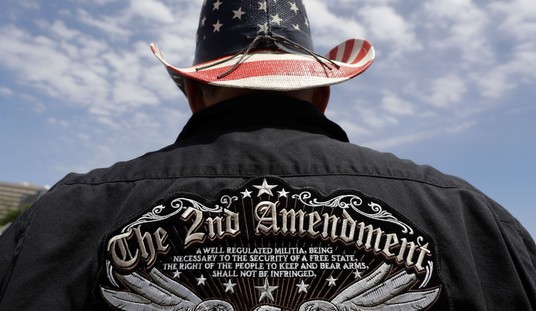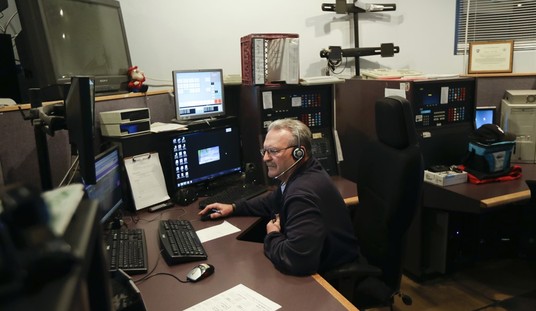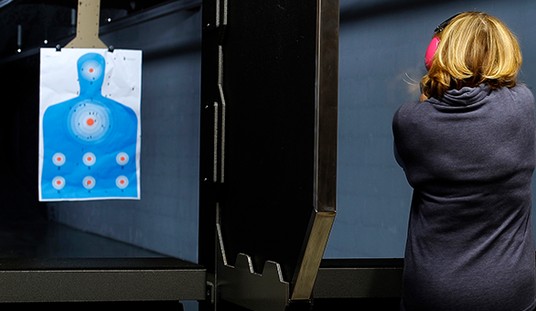
It was spring 1961. The sun was setting and I was standing in my back yard on a hillside overlooking Pusan, Korea. Far in the distance mist formed at the bottom of the faded blue-gray mountains where fingers of ridgelines overlapped in the broad Naktong River Valley. On the eastern side of the valley, dark beige earth freshly gouged out of a quarry caught and reflected back the fading light.
Now the sun dropped from sight. Deprived of its light, the distance lost its blueness and turned a flat slate gray that merged with the darkening sky. In the fading light the corrugated tin roofs of Pusan’s houses ran together forming a nondescript mass. The last shimmers of dying light obliquely glanced off the tops of the hot roofs tricking the eye and giving the illusion of undulation.
This was a transition area where rice paddies gave way to suburbs and concrete block warehouses and manufacturing buildings. Beyond that area farmer’s houses squatted hard against each other to make as much room as possible for rice paddy planting. Along the main streets of Pusan the inhabitants of the few building wired for electricity gratefully turned on their lights, most just lit candles and kerosene lanterns.
Perched grandly on a series of little hills, observing and presiding over the city was the U.S. Army’s Hialeah Compound, where my wife Lady Char and our children and I lived. The compound was constructed on the site of an old Japanese thoroughbred race track re-named Hialeah for the famous race track in Dade County, Florida. Our home was surrounded by barbed wired, floodlights, and armed military guards. Some guards manned stationary posts; others walked their appointed rounds with police dogs held on short leashes.
Inside the military compound the western style homes sported cream colored stucco walls, red tile roofs, hardwood floors, and small fireplaces which contrasted sharply with the oriental style Korean construction in the city below. One of our joys as Americans living in a foreign country was gathering around the dining room table in the evening in front of a large floor-to-ceiling window, eating, swapping stories, laughing and pretending we were still living in America.
This particular evening during dinner, when Lady Char was pregnant with our fourth child, Natasha, the black sky was suddenly lit up by brilliantly colored machine gun tracer bullets and the explosion of mortar rounds. A few days earlier General Park Chung-Hee had mounted a successful military coup and deposed the government of Prime Minister Chang. Of course it was not without bloodshed and even now forces loyal to Chang were conducting counter-coups in hopes of recapturing power and restoring the Chang government. Below us in Pusan the fighting was fierce and violent. Fortunately we were safely outside the weapons’ ranges.
For Korea the years 1960 to 1963 were a time of playing “You bet your nation.” General Park and the coup leaders divided up the nation into geographical districts, each commanded by a Korean general or admiral with both civilian and military judicial authority. Trials were perfunctory, sometimes politically motivated, and the results were seldom in doubt.
Looking out over the city rooftops, the children were delighted with what to them seemed to be a grand display of fireworks. Our son, Jerry, jumped down from his chair, ran to the center of the large floor-to-ceiling dinning room window and excitedly shouted, “Mommy, Mommy, look – it’s the Fourth of July!”
“No,” Lady Char corrected. “It’s not fireworks. They’re just changing governments. Now sit back down at the table and eat your peas.”








Join the conversation as a VIP Member